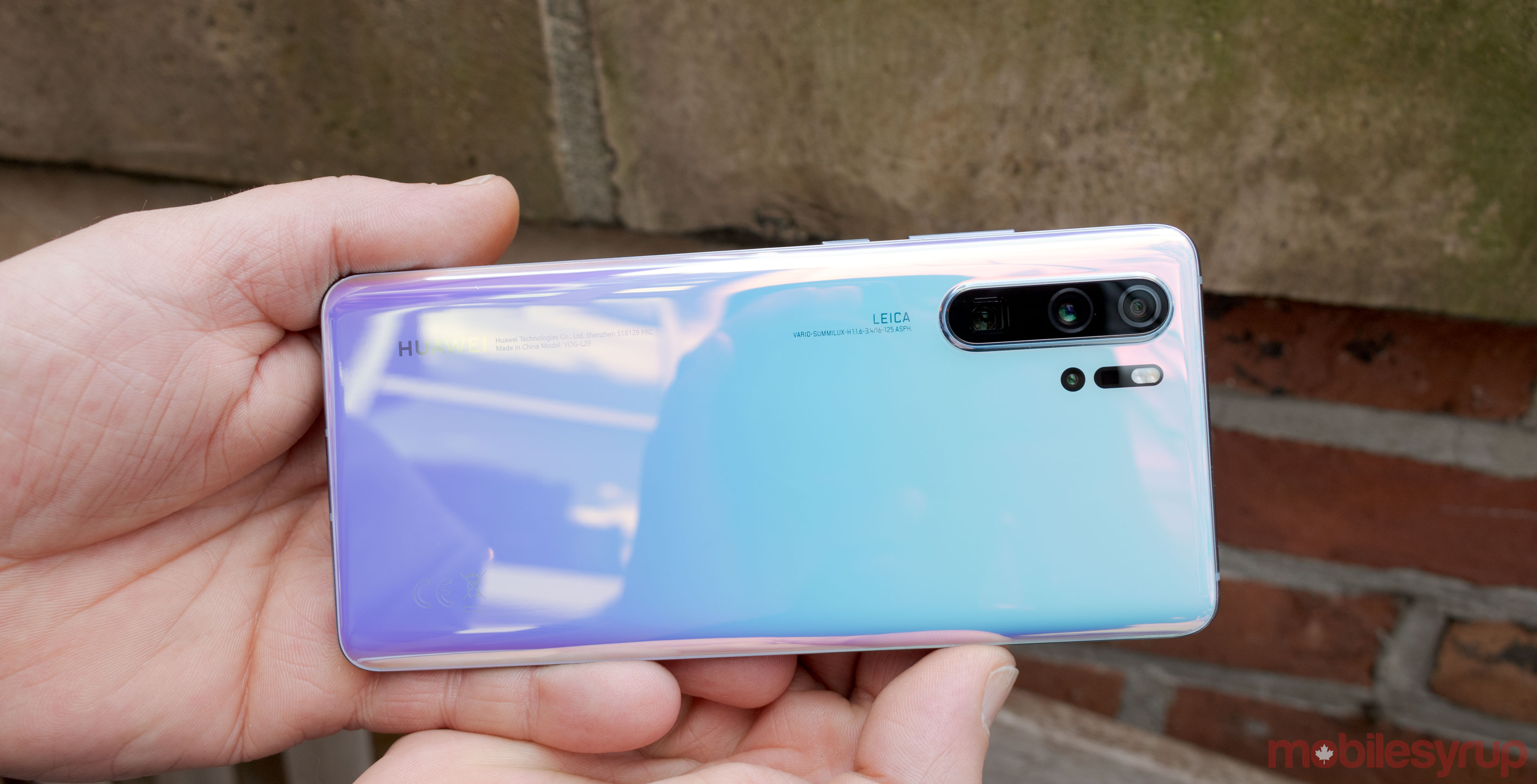
China’s Huawei has unveiled its new operating system.
Dubbed HarmonyOS, the company plans to first use the operating system in smart devices like smartwatches, smart screens, in-vehicle systems and smart speakers.
A press release from the company said that over the next three years HarmonyOS will be “optimized and gradually adopted across a broader range of smart devices, including wearables, Huawei Vision, and head units for your car.”
It’s also worth adding that Huawei plans to first deploy the OS in China before bringing it to other markets. The company said that it will release HarmonyOS as an open-source platform, allowing developers to create apps for it.
#HarmonyOS is built with a deterministic latency engine that gives a smooth interactive experience. That means latency is at a minimum; bringing fluid interactive experience to the maximum #HDC2019 pic.twitter.com/p9bnwNHJq6
— Huawei Mobile (@HuaweiMobile) August 9, 2019
Richard Yu, CEO of Huawei’s consumer business group, said it was important for the company to have its own OS “with improved cross-platform capabilities.”
“We needed an OS that supports all scenarios, that can be used across a broad range of devices and platforms, and that can meet consumer demand for low latency and strong security,” Yu said in the release.
Yu explained that HarmonyOS is different from Android and iOS, adding that it is a “microkernel-based, distributed OS that delivers a smooth experience across all scenarios.”
He added that it has a “trustworthy and secure architecture” that can be used on any device.
Huawei had registered the OS back in July with the European Union Intellectual Property Office (EUIPO) and the Intellectual Property Office in the U.K.
Other than Harmony, the company had also registered two different names: HongMeng and ARK. The first appeared in trademark databases in countries like Canada, South Korea, New Zealand, Cambodia and Peru, while the latter showed up at the EUIPO.
The company said it had always toyed with the idea of developing its own OS. It’s possible that the project was expedited after U.S. President Donald Trump banned the company from working with any U.S. companies in May. At that time, Google had pulled its business and indicated that Huawei would no longer get updates.
In June, Trump lifted the ban slightly, allowing Huawei to work with companies so long as it didn’t pose a national security threat.
MobileSyrup may earn a commission from purchases made via our links, which helps fund the journalism we provide free on our website. These links do not influence our editorial content. Support us here.


